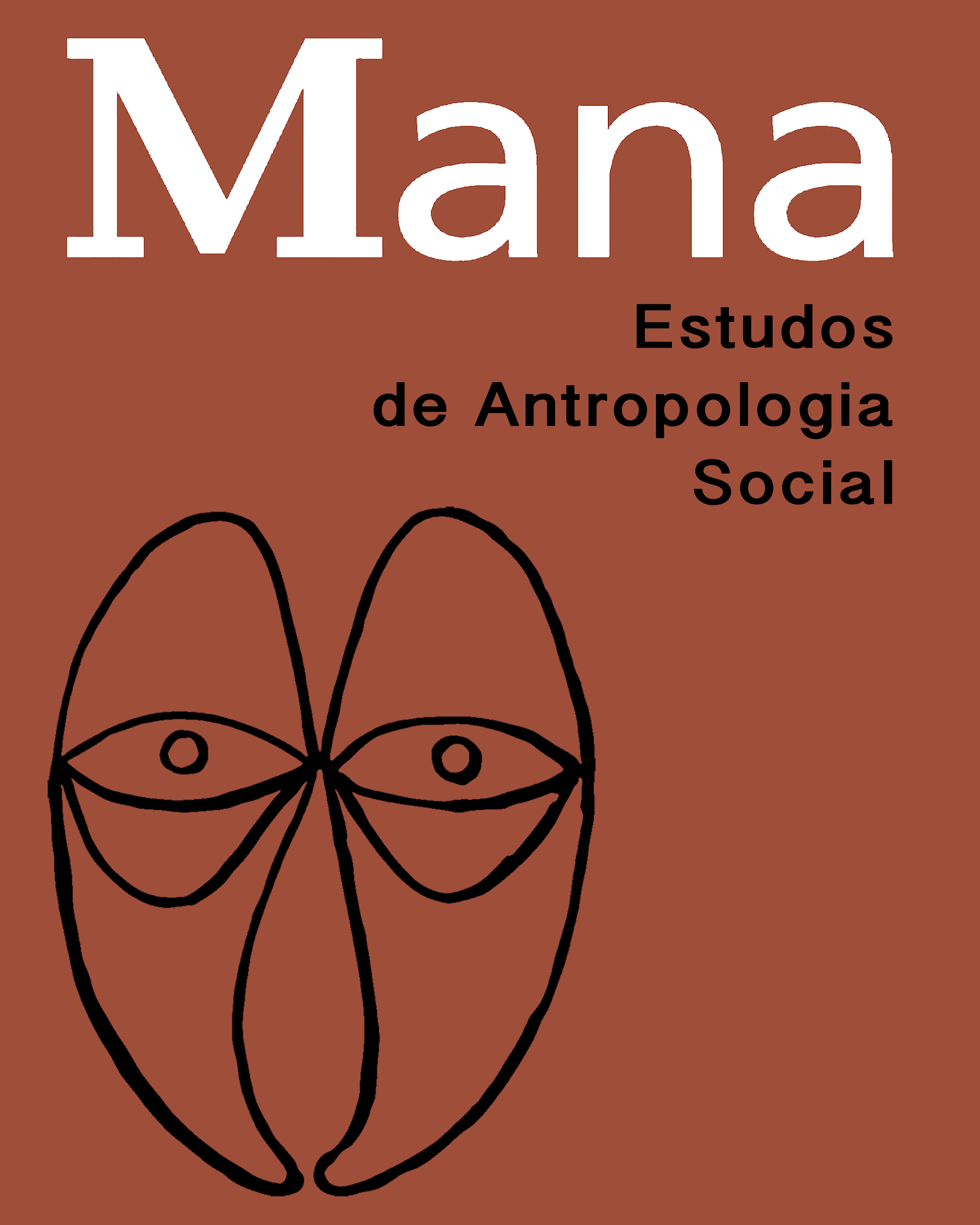This article discusses the differences and relations between witchcraft and shamanism among the Wauja Indians of the Upper Xingu river, focusing on the processes of body transformations, notions of lethal agency and the ontology of predation. Witchcraft is described as an accusation category referencing murder and also as an anti-power apparatus in the context of strong and relatively authoritarian chieftainships. Accusations, especially those of murder, weave a political plot that brings witchcraft to the center of Wauja sociality. Our main hypothesis is that witchcraft has a double political effect (simultaneous or successive) in the Wauja sociological landscape: it can serve to persecute, eliminate, or exile a chief’s adversaries, but it also may turn against a chief, compromising his prestige and contesting his status. Witchcraft also has a double aesthetic effect: it is the most perfect incarnation of ugliness and of sadness/death and is thus opposed to ritual and to the very materials of the therapeutic projects that characterize Xinguano shamanism.
Witchcraft; Shamanism; Wauja Indians; Accusation categories; Aesthetics


